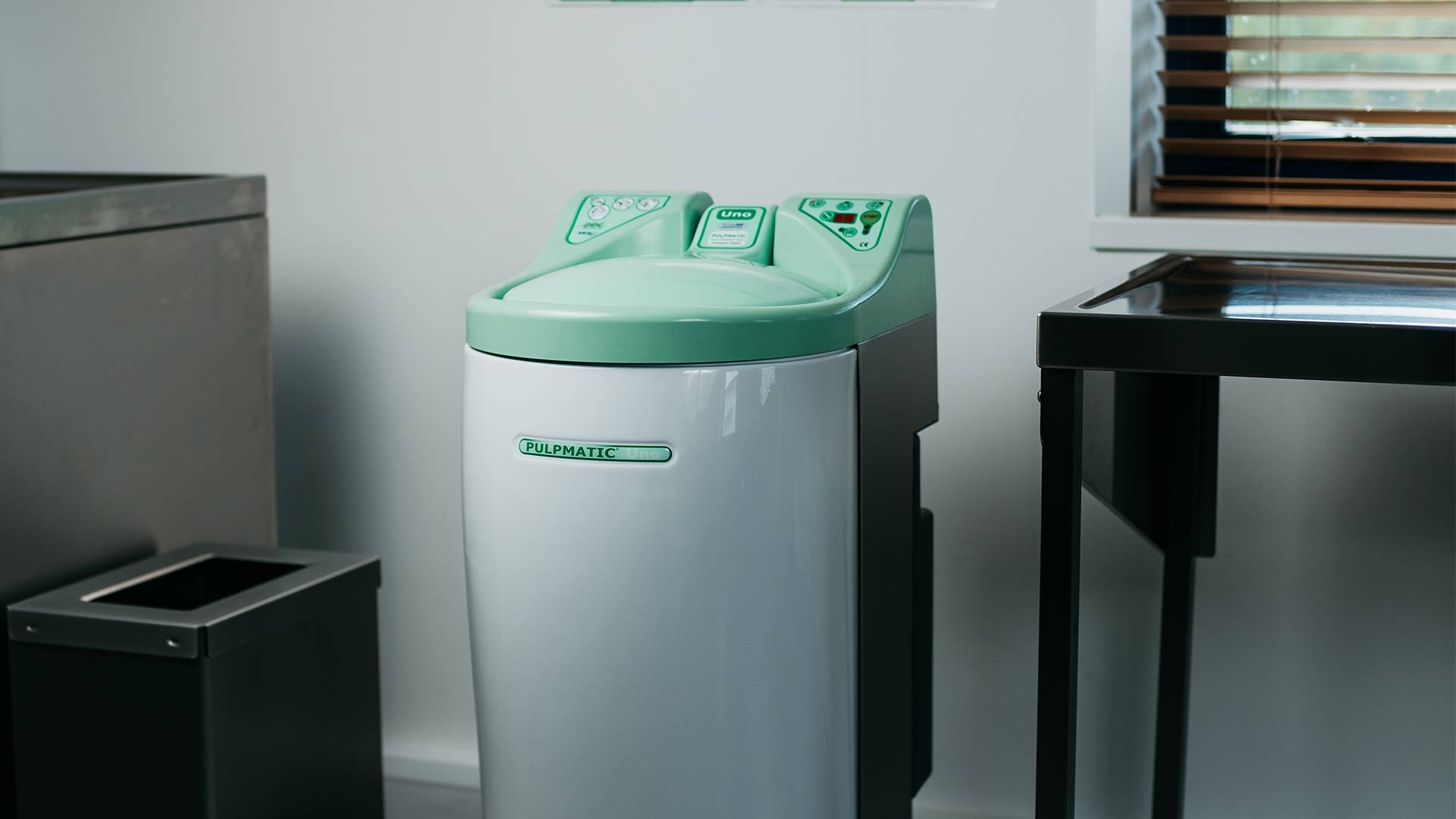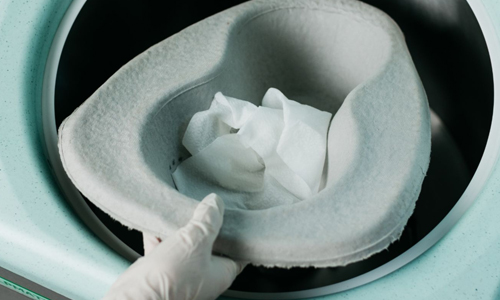The Role of Sluice Room Equipment in Reducing Healthcare-Associated Infections (HCAIs)
Healthcare-Associated Infections (HCAIs) are a persistent challenge in hospitals and care homes, negatively impacting both patient outcomes and healthcare costs.
According to a report published by Public Health England (PHE) in 2018, HCAIs in England resulted in an estimated 2.9 million extra bed days, 1 million prescriptions for antibiotics, and an estimated cost of £1 billion annually to the NHS.
Sluice rooms, equipped with specialist machinery, play a critical role in preventing the devastating impact of HCAIs. This is precisely why selecting the right sluice room equipment is so vital to your facility’s success.
Selecting The Perfect Sluice Room Equipment For Your Facility
Understanding the Impact of HCAIs
HCAIs (infections patients acquire while receiving treatment for other conditions), significantly impact patient safety and healthcare efficiency. They lead to longer hospital stays, increased treatment costs, and can sometimes have severe health consequences.
Crucially, many HCAIs are preventable with proper hygiene and sanitation practices - highlighting the importance of effective sluice room operations.
Sluice Room Equipment: A Frontline Defence Against HCAIs
The sluice room is where medical waste is managed and decontaminated. This includes used bedpans, urine bottles and other potentially infectious materials. The equipment in these rooms - such as bedpan washers, macerators, and medical waste disposal units - is designed to handle and process these materials safely, reducing the risk of infection spread.
In the fight against infection, the role of the sluice room includes…
- Effective Decontamination. For example, washer disinfectors use high temperatures and effective cleaning agents to thoroughly decontaminate reusable items. This process is crucial in killing bacteria, viruses, and other pathogens that can cause HCAIs.
- Safe Disposal of Waste. Macerators are essential for the hygienic disposal of single-use items like pulp bedpans and urine bottles. These items are pulverised into tiny particles using advanced blade technology, and discharged into the main sewage system - minimising the risk of contamination.
- Preventing Cross-Contamination. By ensuring that waste is handled within a confined and controlled environment, sluice room equipment plays a significant role in preventing cross-contamination between different areas of the healthcare facility. This includes using sluice room equipment with hands-free technology, to stop bacteria spreading via machine touch points.
Selecting the Right Sluice Room Equipment
The choice of equipment in your sluice room is crucial. By ensuring that your machinery is suitable for your facility’s requirements – including frequency of use and volume of waste – you will prevent unnecessary risk to your patients, clinicians and the wider public.
Key considerations include:
- Capacity and Efficiency. Equipment must be able to handle the volume of waste generated by the facility without compromising on efficiency or hygiene standards.
- Compliance with Healthcare Standards. Equipment should meet the stringent hygiene and safety standards set by healthcare regulatory bodies, ensuring compliance and patient safety.
- Ease of Use and Maintenance. User-friendly equipment that is simple to clean and maintain helps in sustaining high hygiene standards over time.
The Ripple Effect of Proper Equipment Selection
Choosing the right sluice room equipment has a ripple effect throughout your facility. It not only ensures compliance with health regulations but also plays a direct role in enhancing patient care quality and operational efficiency.
The right equipment can even save time for your clinicians, allowing them to spend more of each shift where it matters most – at the bedside of patients.
By investing in high-quality, compliant sluice room equipment, healthcare facilities can significantly reduce the incidence of HCAIs and improve patient outcomes.
The battle against HCAIs is ongoing, and the role of sluice room equipment is imperative to success.
By carefully selecting and efficiently utilising the right equipment, healthcare facilities can be confident in enhancing patient safety and maintaining high standards of care.
Effective infection control starts with the right tools in the right hands.
TRY LEADING-EDGE EQUIPMENT, WITHOUT COMMITMENT.



